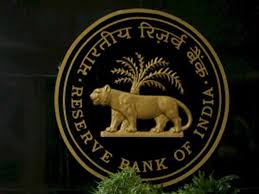 According to Indian Angel Network president Padmaja Ruparel, there has been an increase of 20% in the number of deals but the overall amount has gone up by 12%
According to Indian Angel Network president Padmaja Ruparel, there has been an increase of 20% in the number of deals but the overall amount has gone up by 12%
While there are concerns about money drying up for start-ups in the country this year, venture capitalists say there is more money coming into the country but it will find its way only into quality ventures.
As a result, venture capitalists are going into a lot more details than before. So no more raising of funds and picking up cheques in coffee shops. And this is not bad, they reckon, as many people were starting up ventures just because capital was easily available.
Indian Angel Network president Padmaja Ruparel said that he has seen an increase of 20% in the number of deals but the overall amount has gone up by 12%.
“There is a huge interest among the investor groups in a variety of sectors. But there is much more diligence on how much money is required,” said Ruparel. There will be much deeper, sharper diligence and unit economics would be in focus, she said at a panel discussion on Raising and Deploying Funds in a Changed World at TieCon Pune, 2016.
Amid this talk of gloom and doom, people have raised huge funds but then they will be deployed carefully, said Sanjay Nath, co-founder Blume Ventures. “There is no rush to deploy funds and more time will be taken on deals,” he said adding, “good companies and quality founders are raising larger rounds of money.”
SAIF Partners MD & Advisor Alok Goel said around $2.5 billion would be deployed in two to three years and all this talk of money not being there was not true. “The most risk averse guys were becoming entrepreneurs just because capital was available and this was a risk. The craziness of the last 15 months of funding was worrying,” Goel said.
Remaining bullish about 2016, he said the consumer pain points were still there and those who could cut through the clutter would get funding.
Goel said the VC industry had seen three distinct phases in the country – prior to 2013 it was all about replicating successfully models of the West here; between 2013 an 2015 ideas were being copied here before even being tested and tried in the US, which doubled the risk in the business and was not going to work. The new phase is about looking at India specific problems and solving them instead, he said.
Qualcom Ventures VP Karthee Madasamy said such ups and downs were part of the cycle and they remain unfazed. “We have done six plus follow-on and new deals last year. We will do the same this year and have no plans to change that,” said Madasamy.
He expects India to do well in the area of hardware in the next few years with lot of start-ups coming up in India in this sector.






